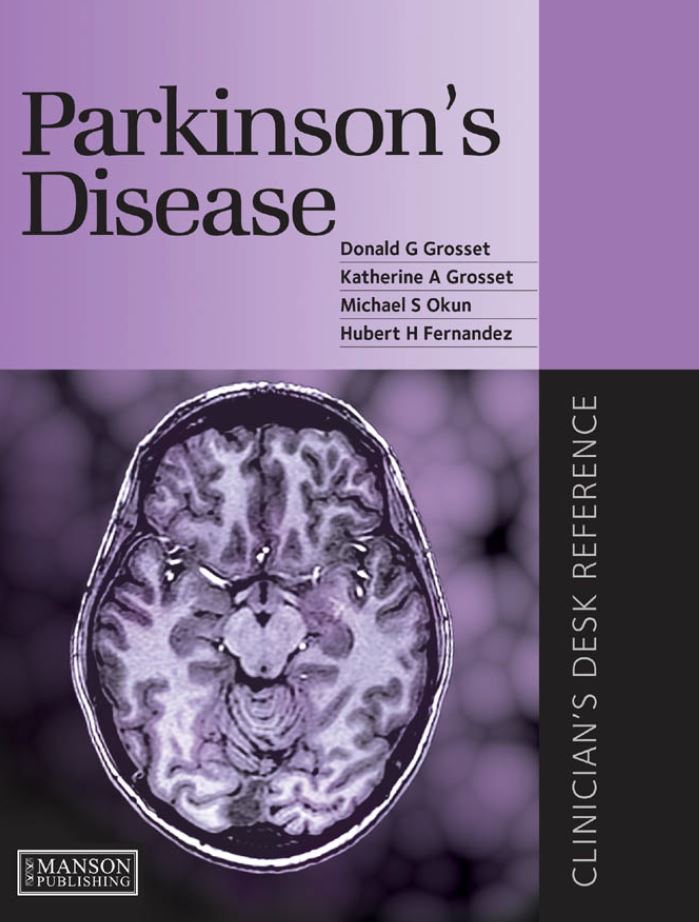Parkinson’s Disease Clinician’s Desk Reference PDF Free Download

WE HAVE TRIED, in writing this book, to take a unique approach to Parkinson’s disease and one that we hope will provide a concise, practical and useful resource for the reader. The book adopts a ‘key facts’ method of explaining the disease, its diagnosis, differentiation from other conditions, assessment, and treatment. The chapters are laid out in an easy-to-read style, with bulleted points throughout and a wealth of helpful diagrams and photographs. The management of motor symptoms in relation to drug treatment, from initial presentation through the period of fluctuating disease to complex advanced stages, is reviewed, but there is also specific attention paid to the non-motor aspects, which have come under closer scrutiny in recent years. We have also included a complete section on surgical therapies. Moreover, the non-pharmacological management of Parkinson’s disease is also specifically addressed, with sections regarding the input from multidisciplinary, allied team professionals, including physiotherapy, occupational therapy, speech and language, dietetics, and complementary therapy. We also did not want to forget the important and influential role of the Parkinson’s disease nurse specialist who is often a key point of coordination of services for patients, including the medical and allied professionals, and wider aspects of social care and involvement and informing of the patient’s carers and family.
We provide a detailed glossary of terms used in this field, and a summary of key resources, in particular the patient representative bodies and self-help organizations which provide so much assistance to patients and their carers, as well as support for research. In Chapter 1, Parkinson’s disease facts and figures, we offer a logical sequence moving from incidence and prevalence figures and survival data, through to the causes and risk factors associated with the condition, and then on to the genetic and environmental ones. In this chapter we also address rates of progression of Parkinson’s disease, a frequent question by patients and their carers. The reader will find clear summary statements, essentially a ‘mini evidence-based summary’ on this and many points. And where data are controversial or contradictory, we similarly highlight these key points. Lastly, the pathophysiology and neuropathology of Parkinson’s are considered, with a review of mitochondrial dysfunction and oxidative stress.
